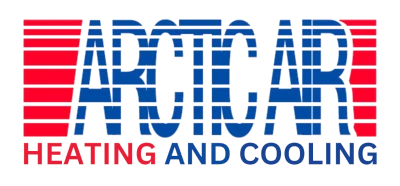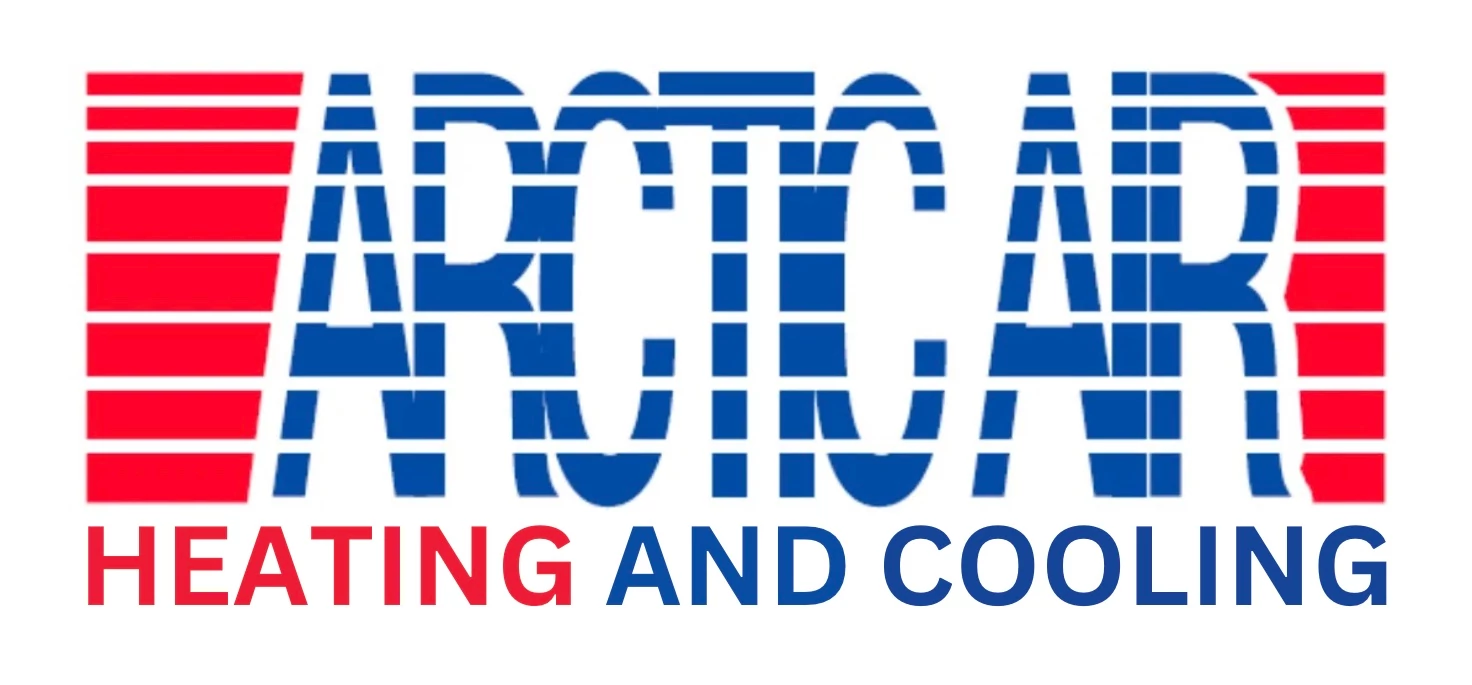As concerns about worldwide global warming grow, more and more governments all over the world are looking for, and encouraging the use of, more renewable energy sources, aka green energy, to reduce the world’s dependence on an ever-dwindling supply of fossil fuels.
At this time of year homeowners grow more concerned about energy use as well, usually for a different reason. With the temperatures dropping and the heating back on the cost of keeping your home comfortably warm can lead your monthly energy bill to soar.
Many power companies all over the US now advertise that they can supply “green energy†to your home, but how exactly are they generating this eco-friendly power? These are some of the more commonly used methods;
Hydroelectric Power
The most commonly currently used renewable source of energy, hydroelectric power has been used in many areas for years now. To create electricity turbines are powered by the force of water falling over them. Hydroelectric power produces about 60% fewer harmful greenhouse gases than coal and about 30% less than gas driven power plants. Reservoirs created by hydroelectric schemes often provide facilities for water sports, and become tourist attractions in themselves, as well as home to a number of different species of fish and aquatic wildlife.
Wind Power
As the name suggests, the wind is harnessed to generate electricity. Wind power is nothing new, humans have been using it for at least 5,500 years to propel sailboats and sailing ships, and architects have used wind-driven natural ventilation in buildings since similarly ancient times. Windmills have been used for irrigation pumping and for milling grain since the 7th century AD. However, as the concern about reliance on fossil fuels increases giant new wind farms are popping up all over the North American landscape
Biomass Energy
Biomass energy is generated by harvesting various trees and plants and converting them into ethanol, which can be burned by power plants to generate electricity instead of using fossil fuels and these days is often added to the gasoline we use to run our vehicles. Trees and plants grown specifically for the purpose of generating energy are not the only source of biomass energy though. Some biomass comes from lumber mill wastes, urban wood waste, forest and agricultural residues and other feed stocks.
Solar Energy
Gaining in popularity and finally falling in initial installation costs, solar power offers homeowners a way to decrease their reliance on the electric company “grid†or even go “off grid†entirely. All over the country people are using solar energy to power water heaters and solar energy is used more for heating swimming pools than for any other single use. The number of people powering an entire home via the sun is still small but the potential – and the emerging technology – is there for growth.
Should You Make the Switch?
Many of us are receiving offers to save money by switching to one of these ‘green’ energy providers, but is that really a good idea? Increasingly, even if you put aside the obvious good for the planet consideration aside the answer is yes. The cost of the energy is usually far more stable as the price of say, wind, does not fluctuate in the way that gas and oil does. And there are often initial financial incentives on offer to consumers making the switch. And if you are helping the environment AND saving yourself money what could be wrong with that?
If you have any questions about our range of services, please do not hesitate to contact us on 816-436-1000 or email us: service@arcticairkc.com. One of our friendly and knowledgeable staff members will be happy to assist you in any way they can and answer all your queries.

